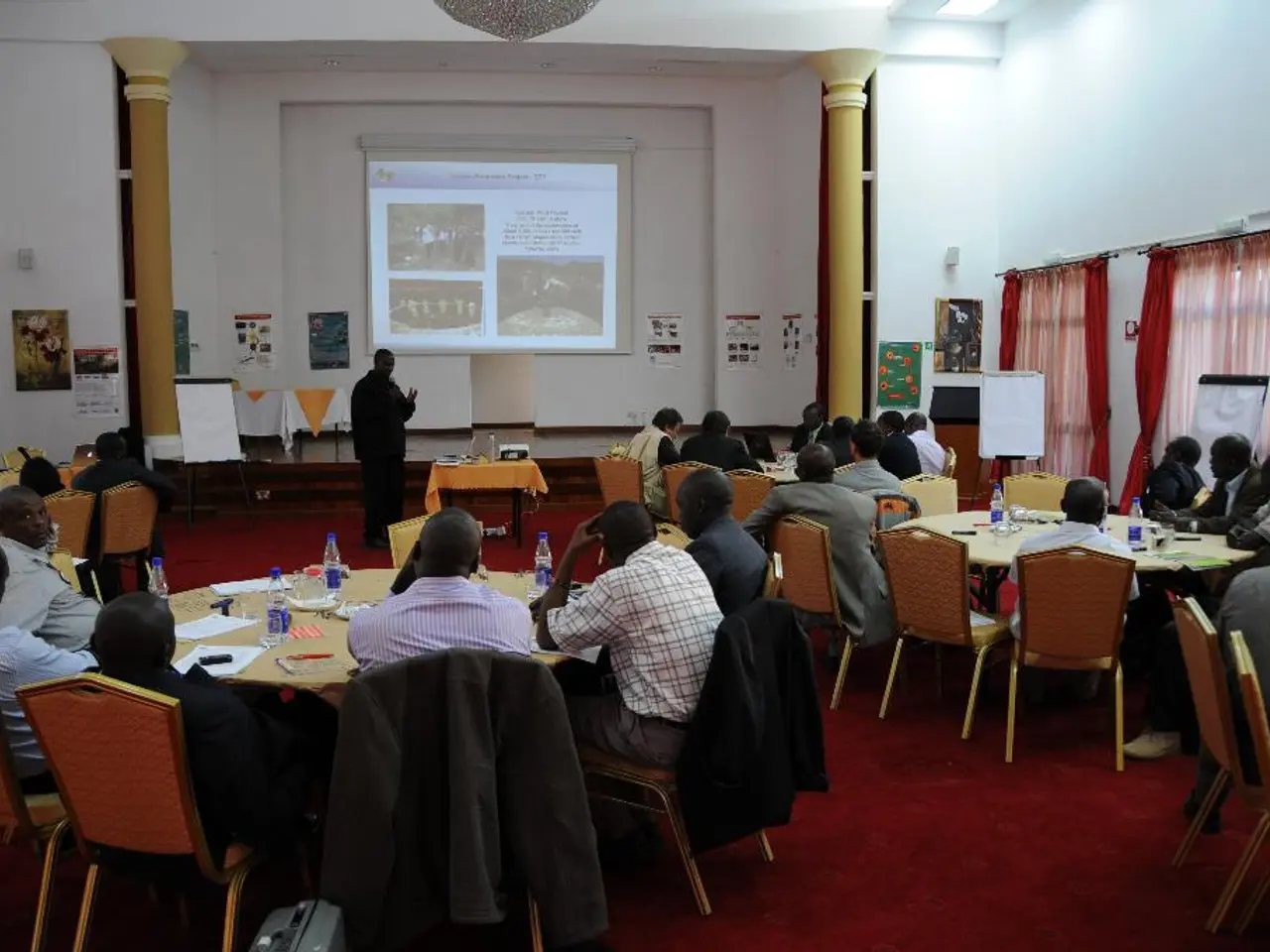Practical Guides and Recommended Materials for Further Learning
Ever wondered what it takes to be the mastermind behind some of the biggest corporate mergers and acquisitions? Let's dive into the realm of a Vice President (VP) of Mergers and Acquisitions (M&A), a role that's as thrilling as it gets in the corporate world.
This VP role is an exhilarating roller coaster ride of strategic, financial, and operational duties. Think of it as calling the shots during the entire M&A deal lifecycle.
vaulting into action:- Deal Sourcing and Pipeline Building: The VP of M&A is a shark, always on the prowl for potential acquisition targets or merger opportunities. They're on a mission to find targets that align with the company's strategic objectives. To achieve this, they build relationships with investment banks, private equity firms, venture capitalists, and other deal-sourcing partners, creating a pipeline that ensures a steady flow of opportunities.
- Financial Analysis and Modeling: Once the targets are identified, it's time to analyze whether they're worth the investment. The VP of M&A develops intricate financial models to evaluate potential transactions, assess valuation scenarios, and scrutinize financial impacts. They leave no stone unturned by conducting rigorous financial and market research to comprehensively understand the target company's value and industry trends.
- Deal Execution: With the analysis in hand, it's time to make the magic happen. The VP of M&A takes the reins, managing the end-to-end execution of M&A transactions. This entails preparing marketing materials, drafting presentations, managing due diligence processes, structuring deals, and steering negotiations to ensure a smooth deal completion. Collaboration with internal teams and external advisors is crucial during this phase.
- Client and Stakeholder Interaction: To make informed decisions, the VP of M&A engages with clients or internal stakeholders to understand strategic objectives, gather other details, and support negotiation and decision-making processes.
- Integration and Post-Merger Management: After the deal is done, it's time to focus on integration or separation of merged or acquired entities. The VP of M&A manages cross-functional teams in IT, HR, finance, and operations to realize synergies and value creation post-close. This involves creating integration plans, aligning operating models, and ensuring "day 1" readiness.
- Documentation and Compliance: The VP ensures compliance with laws and regulations throughout the deal process by preparing transaction documentation such as offering memorandums and pitch materials.
- Leadership and Collaboration: Last but not least, the VP of M&A is a leader and a mentor. They lead their team, collaborate effectively across departments, and sometimes contribute to refining corporate M&A strategies and processes.
In essence, the VP of M&A is a blend of strong analytical skills, strategic thinking, relationship management, and project leadership capabilities, making them an indispensable asset to any corporation seeking growth through acquisitions and mergers. They're the rockstars of the corporate world, orchestrating deals that shape industry landscapes.
In the corporate realm, a Vice President (VP) of Mergers and Acquisitions (M&A) is instrumental in driving business growth by pursuing potential targets and merger opportunities that align with the company's strategic objectives. Financial analysis and modeling play a crucial role in evaluating these opportunities, followed by a seamless execution process that demands collaboration with internal teams and external advisors. The VP of M&A also focuses on deal sourcing, financial impact assessment, compliance, and post-merger management, thereby contributing significantly to the financial careers of various organizations.






